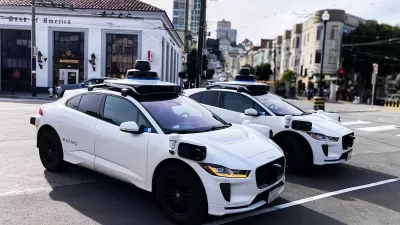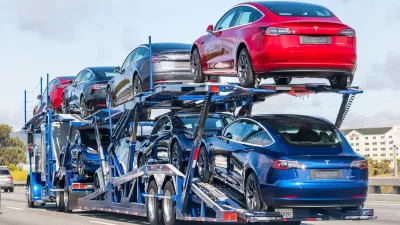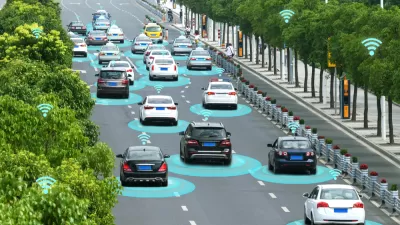The first report from independent think tank RethinkXL predicts that by 2031, 95 percent of U.S. passenger miles traveled will be served by on-demand, autonomous electric vehicles owned by companies providing transport as a service.
Tony Seba and James Arbib introduce some of the ideas that will be required thinking as planners and engineers begin to consider the next generation of transportation technology:
A historic photo taken on Easter Sunday, 1900, shows a street filled with horse-drawn carriages. If you look very carefully, you can pick out a solitary automobile. A photo of Easter 1913 shows the same New York Fifth Avenue scene packed with cars. If you look very carefully, you can pick out a solitary horse.
That’s disruption: New technologies create a new market and transform existing industries in the blink of an eye.
We face a rapid disruption of transportation today that could end more than a century of individual ownership of the gas-powered vehicle that disrupted the horse. This disruption will reshape the urban landscape and the world’s energy economy and bring huge benefits — economically, socially and environmentally — if policy decisions are well-informed.
Seba and Arbib are writing as co-founders of RethinkX, which recently released a report that comes down on one side of an ongoing debate in the transportation planning world: will self-driving cars render car ownership by individuals obsolete?
FULL STORY: Are we ready for the end of individual car ownership?

Study: Maui’s Plan to Convert Vacation Rentals to Long-Term Housing Could Cause Nearly $1 Billion Economic Loss
The plan would reduce visitor accommodation by 25,% resulting in 1,900 jobs lost.

Alabama: Trump Terminates Settlements for Black Communities Harmed By Raw Sewage
Trump deemed the landmark civil rights agreement “illegal DEI and environmental justice policy.”

Why Should We Subsidize Public Transportation?
Many public transit agencies face financial stress due to rising costs, declining fare revenue, and declining subsidies. Transit advocates must provide a strong business case for increasing public transit funding.

Paris Bike Boom Leads to Steep Drop in Air Pollution
The French city’s air quality has improved dramatically in the past 20 years, coinciding with a growth in cycling.

Why Housing Costs More to Build in California Than in Texas
Hard costs like labor and materials combined with ‘soft’ costs such as permitting make building in the San Francisco Bay Area almost three times as costly as in Texas cities.

San Diego County Sees a Rise in Urban Coyotes
San Diego County experiences a rise in urban coyotes, as sightings become prevalent throughout its urban neighbourhoods and surrounding areas.
Urban Design for Planners 1: Software Tools
This six-course series explores essential urban design concepts using open source software and equips planners with the tools they need to participate fully in the urban design process.
Planning for Universal Design
Learn the tools for implementing Universal Design in planning regulations.
Smith Gee Studio
Alamo Area Metropolitan Planning Organization
City of Santa Clarita
Institute for Housing and Urban Development Studies (IHS)
City of Grandview
Harvard GSD Executive Education
Toledo-Lucas County Plan Commissions
Salt Lake City
NYU Wagner Graduate School of Public Service





























